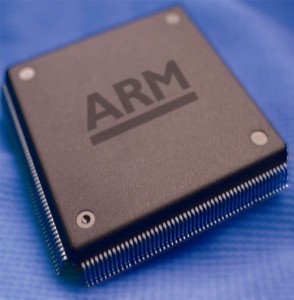EDITOR NOTE: Since this article was written, many of the links to computer parts have become outdated, so they have all now been removed – note by Christopher
 Gaming is a great hobby to have, but to buy all the latest releases, not to mention the latest console that comes equipped with crystal-clear graphics and interactive gameplay, it could cost a small fortune. Many thrifty gamers looking to enjoy themselves without breaking the bank could do worse than build the ultimate gaming machine, especially if they have an affinity with playing on a PC.
Gaming is a great hobby to have, but to buy all the latest releases, not to mention the latest console that comes equipped with crystal-clear graphics and interactive gameplay, it could cost a small fortune. Many thrifty gamers looking to enjoy themselves without breaking the bank could do worse than build the ultimate gaming machine, especially if they have an affinity with playing on a PC.
It’s possible to get everything you need for less than £1,000. All you need to do is know what components are necessary, how powerful you want your machine to be, a few basic computer building skills and the right places to go for your bargains. My personal favourites are the technology section on netvouchercodes.co.uk, the Amazon discount emails, or their computer component recommendations and of course eBay!
Motherboard – £135
It’s the most important part of any PC – without it, nothing else would function correctly. This motherboard from Asus is ideal as it has no bottlenecks, slots for two graphic cards, processor slot and has capacity for as much as 32GB of RAM. It’s also pretty cheap considering what it enables.
Processor – £168
Also from AMD, this six-core Bulldozer processor is great for processing large amounts of data at speed. Among its other vital stats include an 8MB cache and impressive power of 8.3 GHz per core for a relatively low price, and is ideal for multitasking when playing two or more games at once. I found this particular bargain from CCL through their online voucher page.
Memory – £137
Combined, these products provide an impressive 16GB of RAM. This amount of memory is more than enough for even the most data-intensive games.
PSU – £60
Every PC needs a cooling system, and this PSU with inbuilt heatsinks is sufficient for an extremely powerful custom-built computer. It runs at 1333 MHz and has a capacity of 16GB, and controls your PC’s power output with minimum fuss.
Graphics cards – £228
The AMD Radeon graphics processor is the most expensive part of your PC, but it’s also the most important for ensuring the games you want to play look as vivid and lifelike as possible. They have 3GB of GDDR5 memory, 800 MHz clock speed for quick gameplay and has room for a second card if necessary.
Solid State Drive – £195
A hard drive of some sort is something else you’ll need, and this 250GB drive is one of the best available for gaming PCs. It has a 6GB/s transfer rate and is ideal for games which use up a huge amount of data.
All those components come to a grand total of around £930. Once you have all that, you can spend the remainder on a case to keep everything in its right place. £70 is plenty of money to spend on a case, no matter how wacky and original you want it to look. All it involves is a little shopping around.



